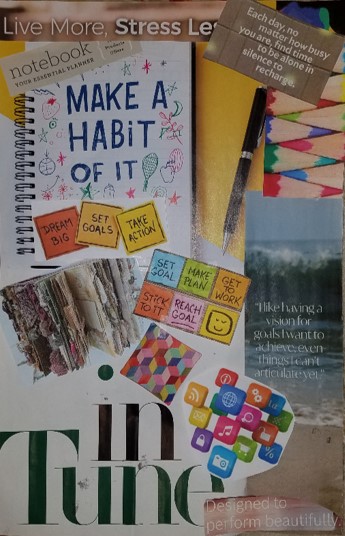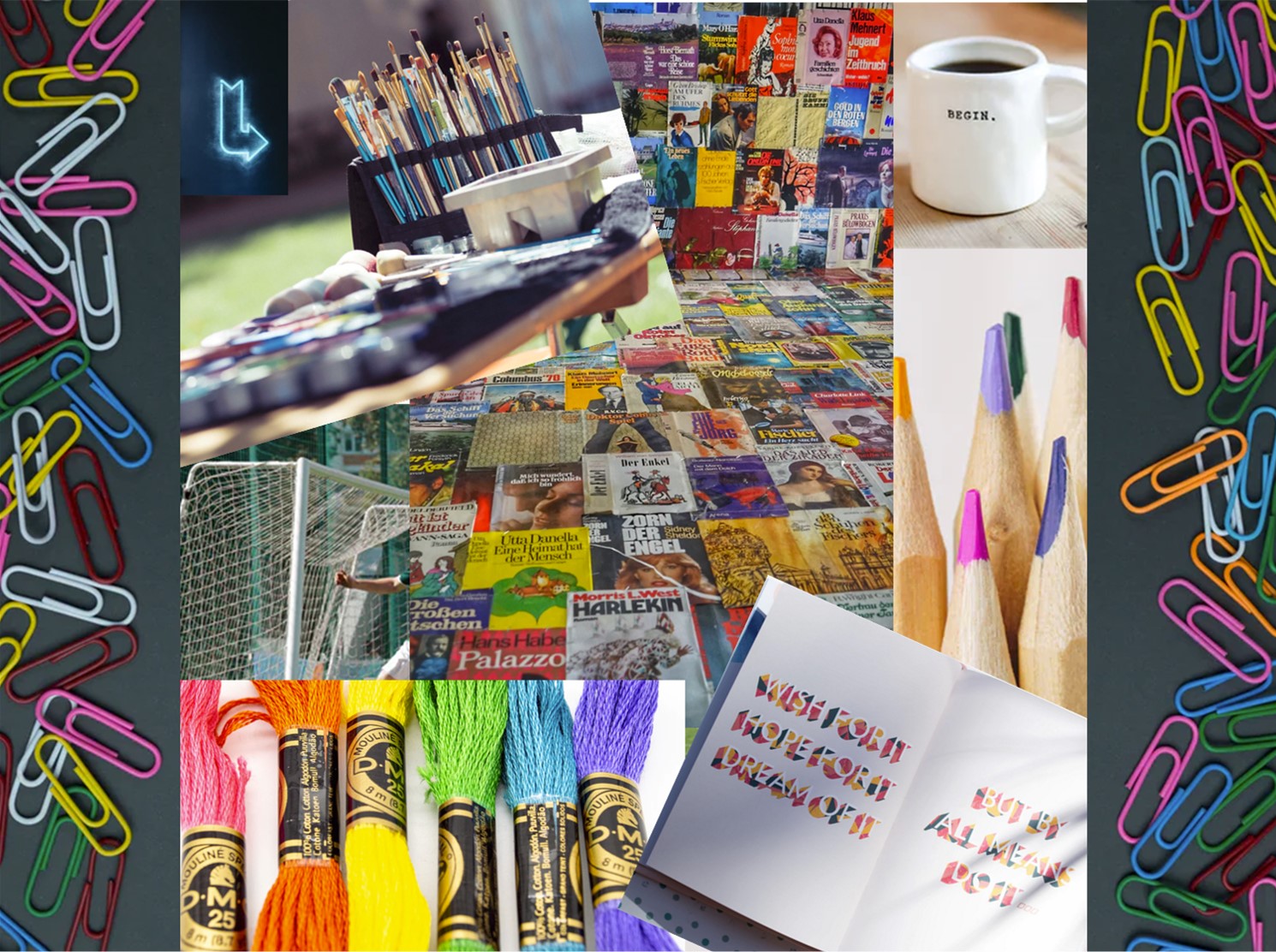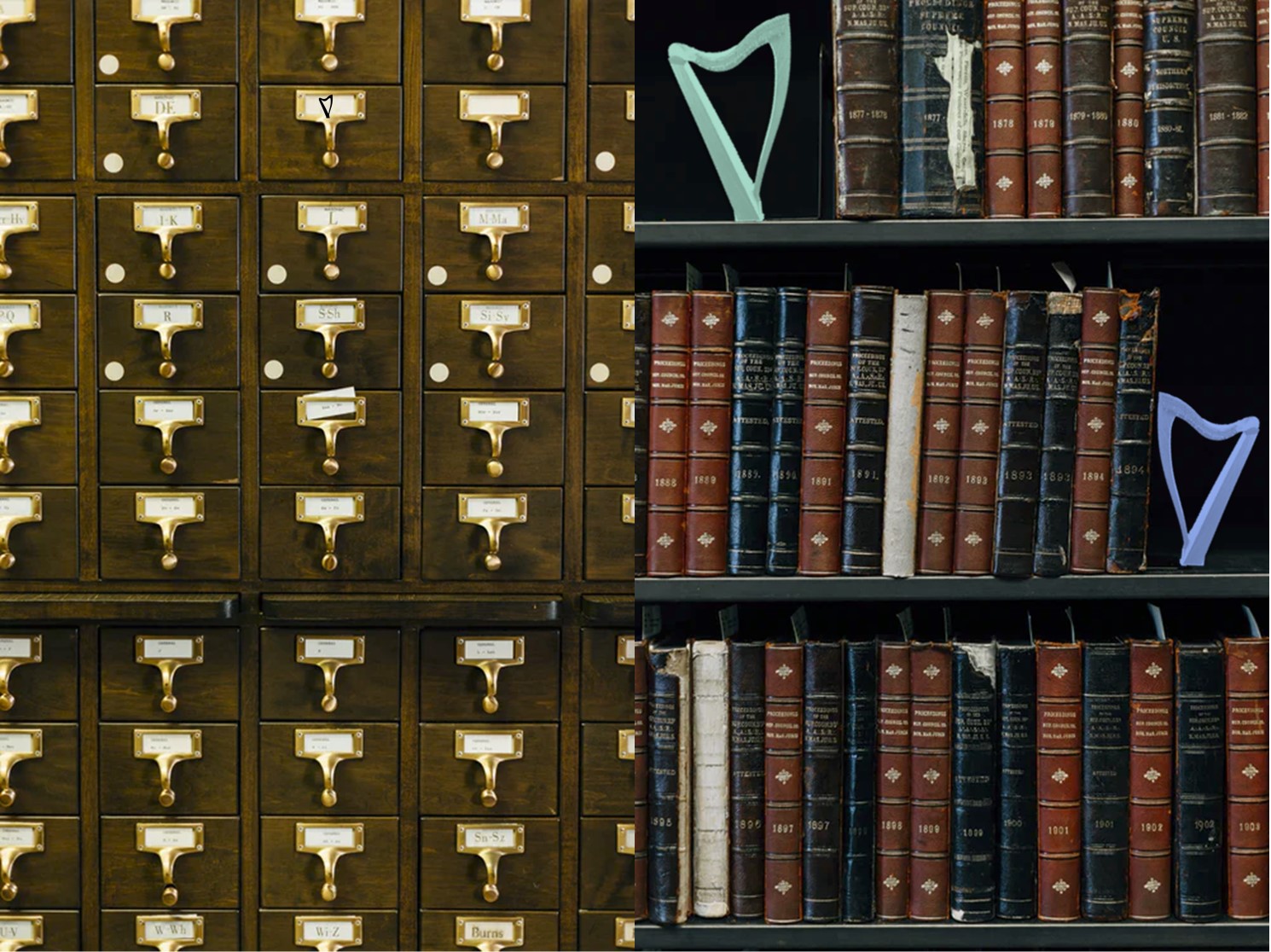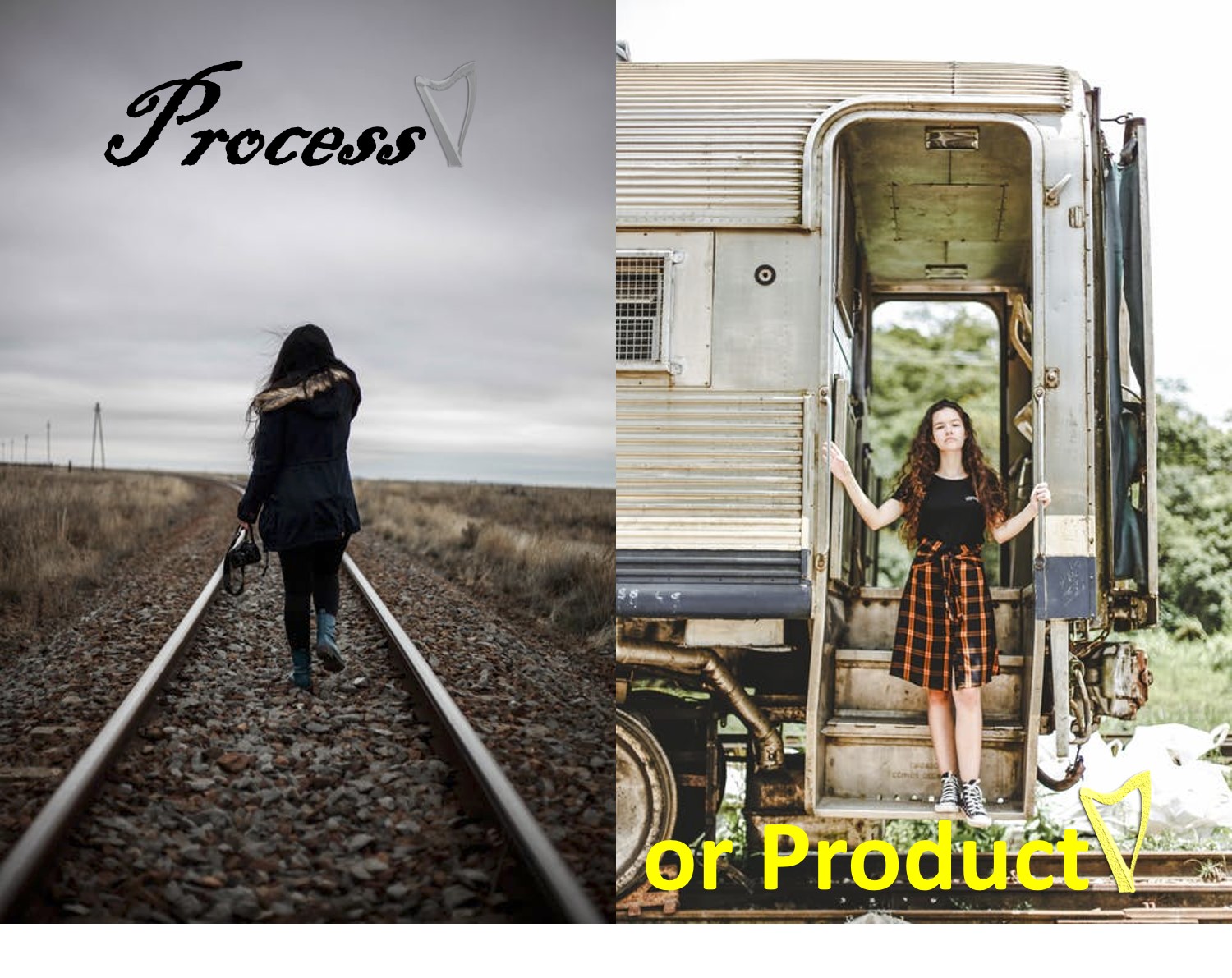We all like to succeed. And it’s always more comfortable to do things we already know that we can do and do well. And we are, if nothing else, creatures in search of comfort.
Unfortunately, there’s no challenge in always doing stuff you’ve done before. And there’s only paltry reward in continuing to do things you’ve succeeded at before.
Last week I suggested that you should make goals for the year and capture them. I suggested you do that visually if you didn’t want to do it in writing. And I wanted to do it too. I’m
t-e-r-r-i-b-l-e
at pictures – I don’t really enjoy drawing and I never know where to start when someone says find pictures that show (just about any idea) (because you never need to find pictures of concrete things!). Ok, I really didn’t want to do it.
But I did it anyway. Here it is:
 But the point is not my collaging abilities. The point is that, by doing something I’m not good at, I learned a lot.
But the point is not my collaging abilities. The point is that, by doing something I’m not good at, I learned a lot.
1. I really can do anything if I just get over myself. I hemmed and hawed before getting started, but once I made up my mind to get going, it wasn’t as bad as I had feared!
2. Doing something in a medium you don’t prefer is challenging, but it also is eye-opening. In order to come up with ways to present my ideas graphically, I had a to really think about what my goals meant. I also had to get over worrying about whether you would understand what I was trying to say…when the point of the exercise is for me to understand what I was trying to say!
3. Not doing something the “easy” (or preferred) way really makes your brain work – none of your “usual tricks” work so you really have to use other techniques and strategies to get the project completed.
I hope you tried this exercise – if only to help record your ideas for what you should be focused on this year.
But perhaps the real take away is that these points also apply to our music! (you knew I’d come around to music, you just might not have known how I was going to do it!).
First, you have go get over yourself (and get out of your own way). How often do we inhibit our own learning and playing?
Second, you have to think about what you’re practicing and the music you’re playing so that you can you want to share.
Third, when you do things differently you have the potential to uncover new approaches to your old (or typical) way of doing stuff.
You can learn new ways to think about ongoing challenges. And you can bring these new ideas to your practice (as well as to all the various parts of your life).
While trying to capture my ideas graphically I had a couple of ideas on how to look differently at scores that might help me learn more music faster. My explorations of improvisation may improve my questionable recipe modifications. And the strategies I use on the bench to push through something hard may help me improve my running.
And most importantly, I have now got multiple representations of the things I’ve identified to keep in focus throughout 2021 – so I might be even more likely to complete progress toward my goals throughout the year.
Of course, as a product person, I will need to keep referring to my captures (graphical and verbal) to keep myself on track!
Hope you were able to capture your ideas graphically – anyone want to share? Let me know in the comments!




